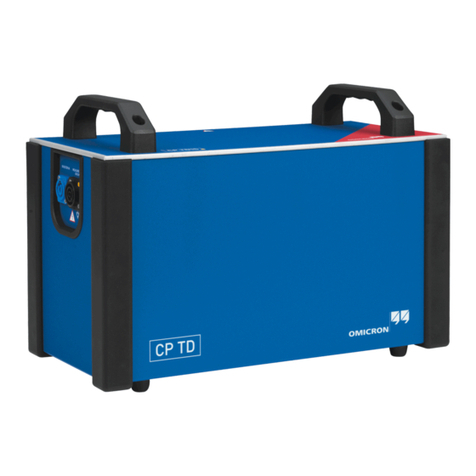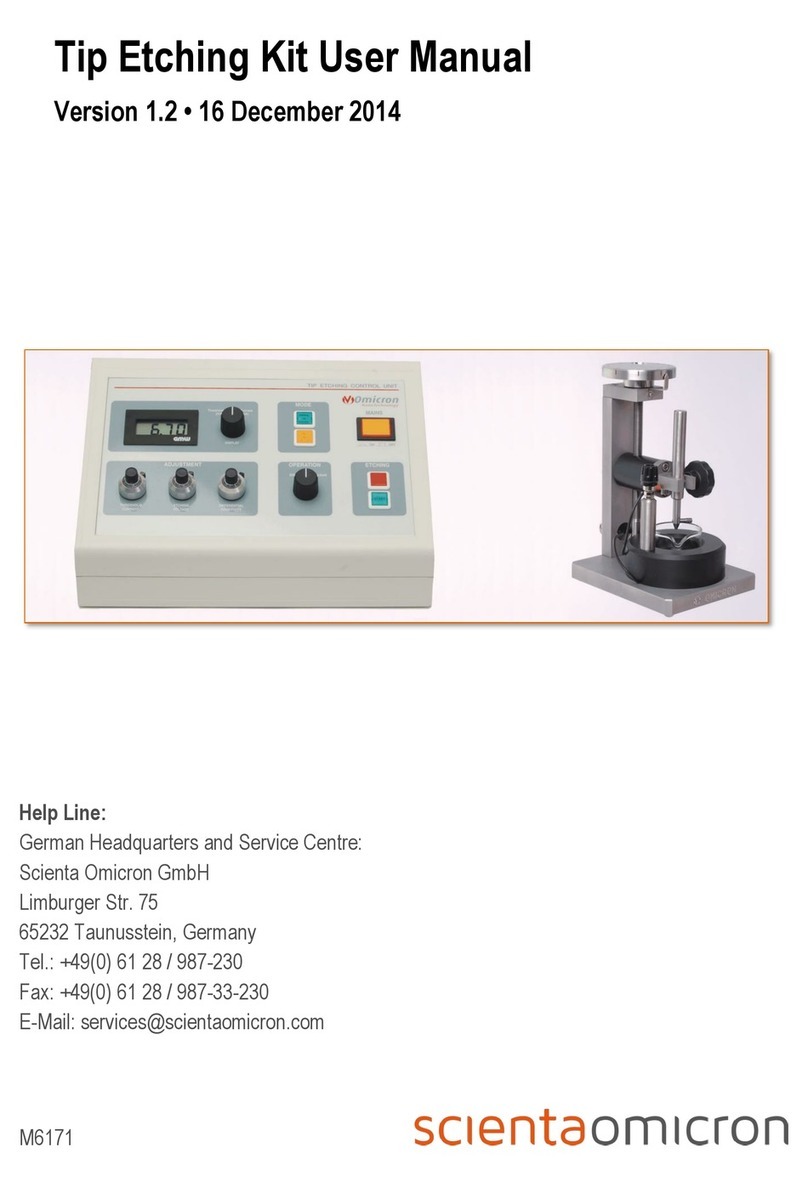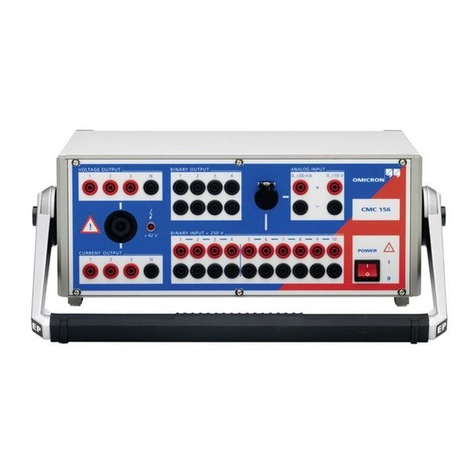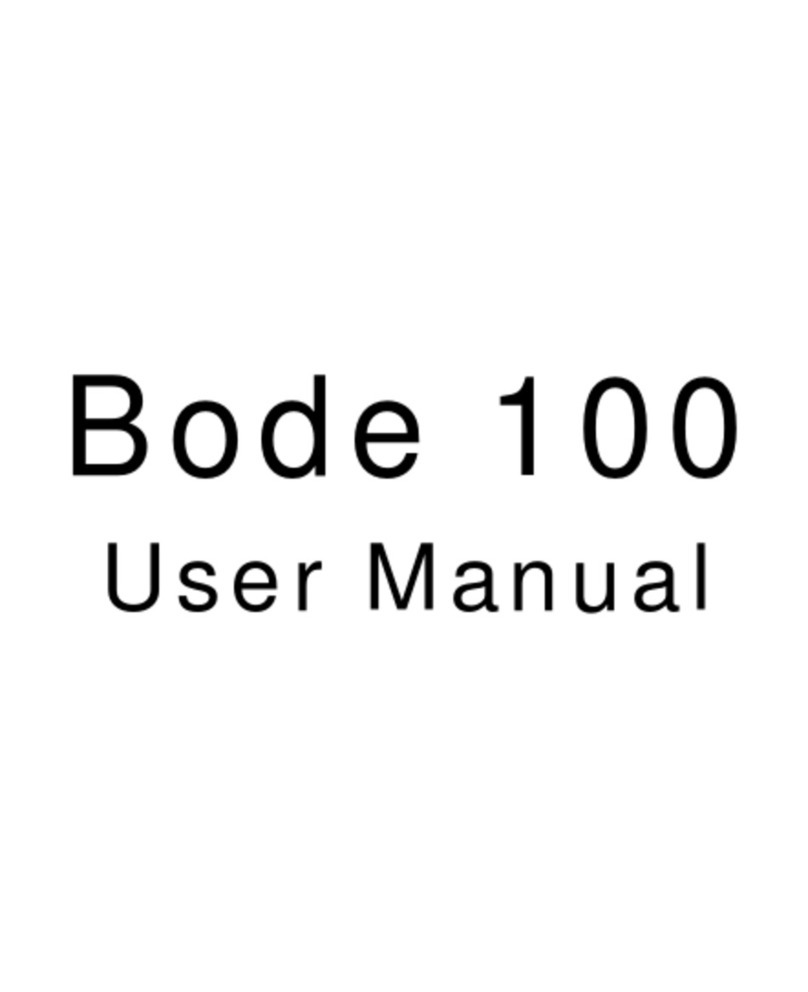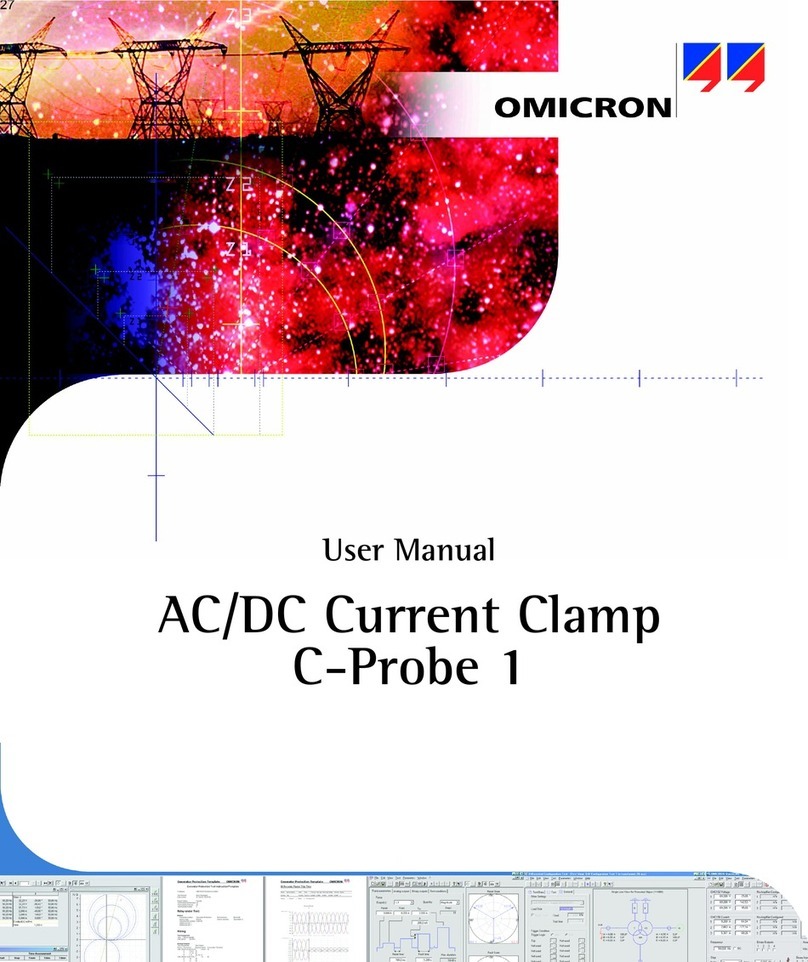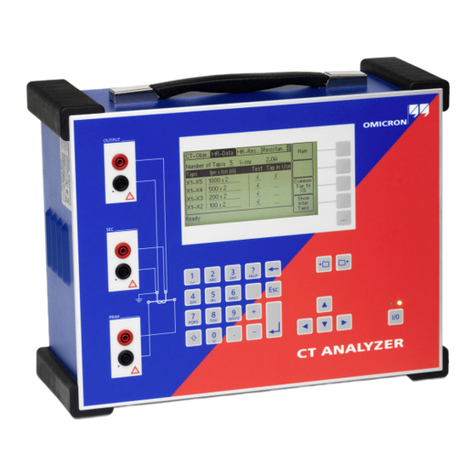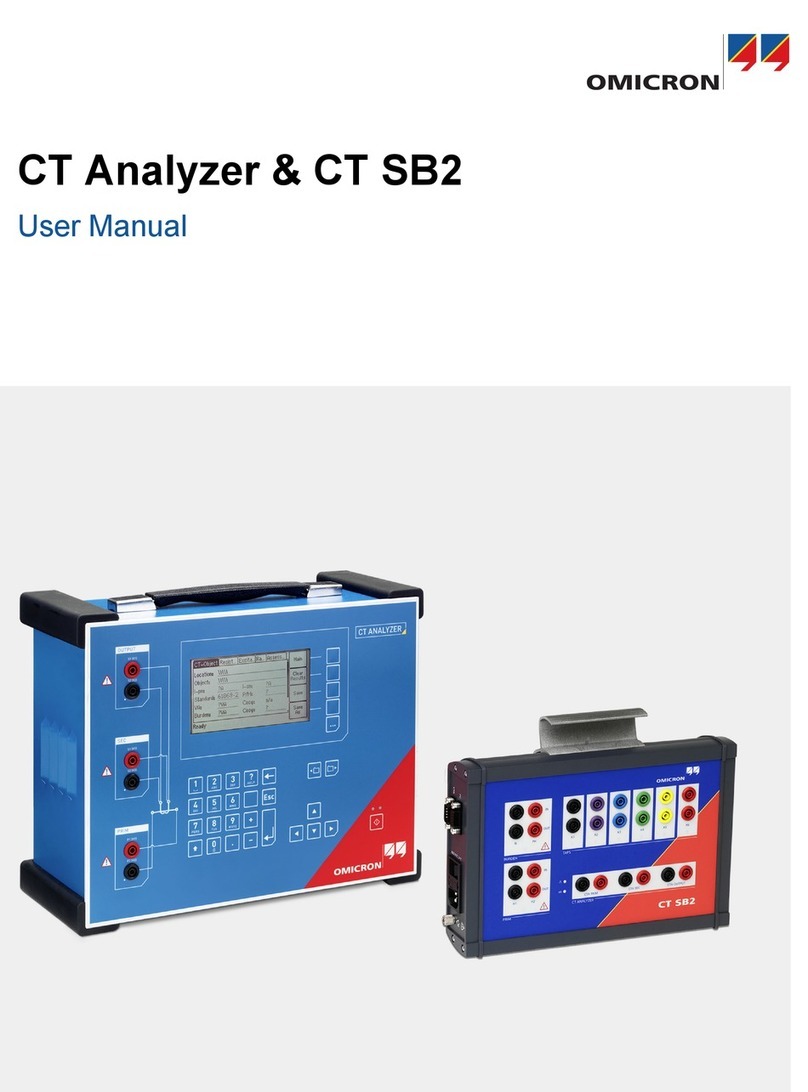
Bode 100 User Manual
4
6 Calibrating the Bode 100. . . . . . . . . . . . . . . . . . . . . . . . . . . . . . . . . . . . . . . .59
6.1 Calibration Methods. . . . . . . . . . . . . . . . . . . . . . . . . . . . . . . . . . . . . . . . .59
6.1.1 Probe Calibration . . . . . . . . . . . . . . . . . . . . . . . . . . . . . . . . . . . .59
6.1.2 User Calibration . . . . . . . . . . . . . . . . . . . . . . . . . . . . . . . . . . . . .60
6.1.3 Hierarchy of Calibration Methods . . . . . . . . . . . . . . . . . . . . . . . .61
6.2 Calibration in the Gain/Phase Mode (Internal Reference). . . . . . . . . . . .61
6.3 Calibration in the Gain/Phase Mode (CH1 Reference) . . . . . . . . . . . . . .62
6.4 Calibration in the Impedance/Reflection Mode . . . . . . . . . . . . . . . . . . . .66
7 Advanced Functions . . . . . . . . . . . . . . . . . . . . . . . . . . . . . . . . . . . . . . . . . . .73
7.1 File Operations . . . . . . . . . . . . . . . . . . . . . . . . . . . . . . . . . . . . . . . . . . . .73
7.1.1 Loading and Saving the Equipment Configuration . . . . . . . . . . .73
7.1.2 Exporting Measurement Data. . . . . . . . . . . . . . . . . . . . . . . . . . .74
7.2 Advanced Display Options . . . . . . . . . . . . . . . . . . . . . . . . . . . . . . . . . . .76
7.2.1 Gain/Phase and Impedance/Reflection Mode Context Menu. . .76
7.2.2 Frequency Sweep Mode Context Menu . . . . . . . . . . . . . . . . . . .78
7.3 Advanced Sweep Options . . . . . . . . . . . . . . . . . . . . . . . . . . . . . . . . . . . .88
7.4 Using Probes . . . . . . . . . . . . . . . . . . . . . . . . . . . . . . . . . . . . . . . . . . . . . .92
8 Automation Interface . . . . . . . . . . . . . . . . . . . . . . . . . . . . . . . . . . . . . . . . . . .95
9 Troubleshooting. . . . . . . . . . . . . . . . . . . . . . . . . . . . . . . . . . . . . . . . . . . . . . .99
9.1 USB Cable and/or Power Supply to the Bode 100 Is Missing . . . . . . . . .99
9.2 Lost Communication . . . . . . . . . . . . . . . . . . . . . . . . . . . . . . . . . . . . . . . .99
10 Technical Data . . . . . . . . . . . . . . . . . . . . . . . . . . . . . . . . . . . . . . . . . . . . . . .101
10.1 Bode 100 Specifications . . . . . . . . . . . . . . . . . . . . . . . . . . . . . . . . . . . .101
10.2 Power Requirements. . . . . . . . . . . . . . . . . . . . . . . . . . . . . . . . . . . . . . .102
10.3 Absolute Maximum Ratings. . . . . . . . . . . . . . . . . . . . . . . . . . . . . . . . . .102
10.4 PC Requirements . . . . . . . . . . . . . . . . . . . . . . . . . . . . . . . . . . . . . . . . .103
10.5 Environmental Requirements . . . . . . . . . . . . . . . . . . . . . . . . . . . . . . . .103
10.6 Mechanical Data . . . . . . . . . . . . . . . . . . . . . . . . . . . . . . . . . . . . . . . . . .103
Contact Information / Technical Support . . . . . . . . . . . . . . . . . . . . . . . . .105
Index . . . . . . . . . . . . . . . . . . . . . . . . . . . . . . . . . . . . . . . . . . . . . . . . . . . . . . .107
